NAVIGATING ORGANIZATIONAL CHANGE IN ELITE SOCCER

FEATURE / Andrew Wiseman
Sport and Exercise Scientist, PhD student, Tacoma, Washington, United States of America @MrWiseyMan
Introduction & Aim
Change is ever present. It is a constant in life as we evolve and adapt as human beings. Change itself is often viewed as inherent by sporting organizations as the demand for continual improvement and success increases (Wagstaff et al., 2015). However, like the connections between individuals, change is multifaceted, non-linear, and fluidly evolves (Slater et al., 2015).
The world of elite soccer has become accustomed to change at regular intervals. According to the League Managers Association (LMA), and between 2005 – 2018, a total of 540 managers were dismissed, or resigned, across all four divisions in English soccer (LMA, 2018). Furthermore, only 40% of first-time managers make it to the 75- game mark, 50% of first-time managers are dismissed and do not get another management position. While it is typical of any organization to experience turbulent times and unexpected changes, there is often a higher instance of change, and the subsequent uncertainty, in elite sport due to the high demands for success, both demonstrable and sustained, from key organizational stakeholders (Fasey et al., 2021; Wagstaff et al., 2016).
Whilst there is a paucity of literature investigating organizational change in elite sport, early research has widely focussed on the negative impact of change and repeated change within sport organizations (Gilmore, 2009; Wagstaff et al., 2015; Wagstaff et al., 2016). Thus, the aim of this opinion article is to explore the current literature
on organizational change on sports science and medicine teams (SSM) within the elite soccer domain.
READ NOW – Members please log in
